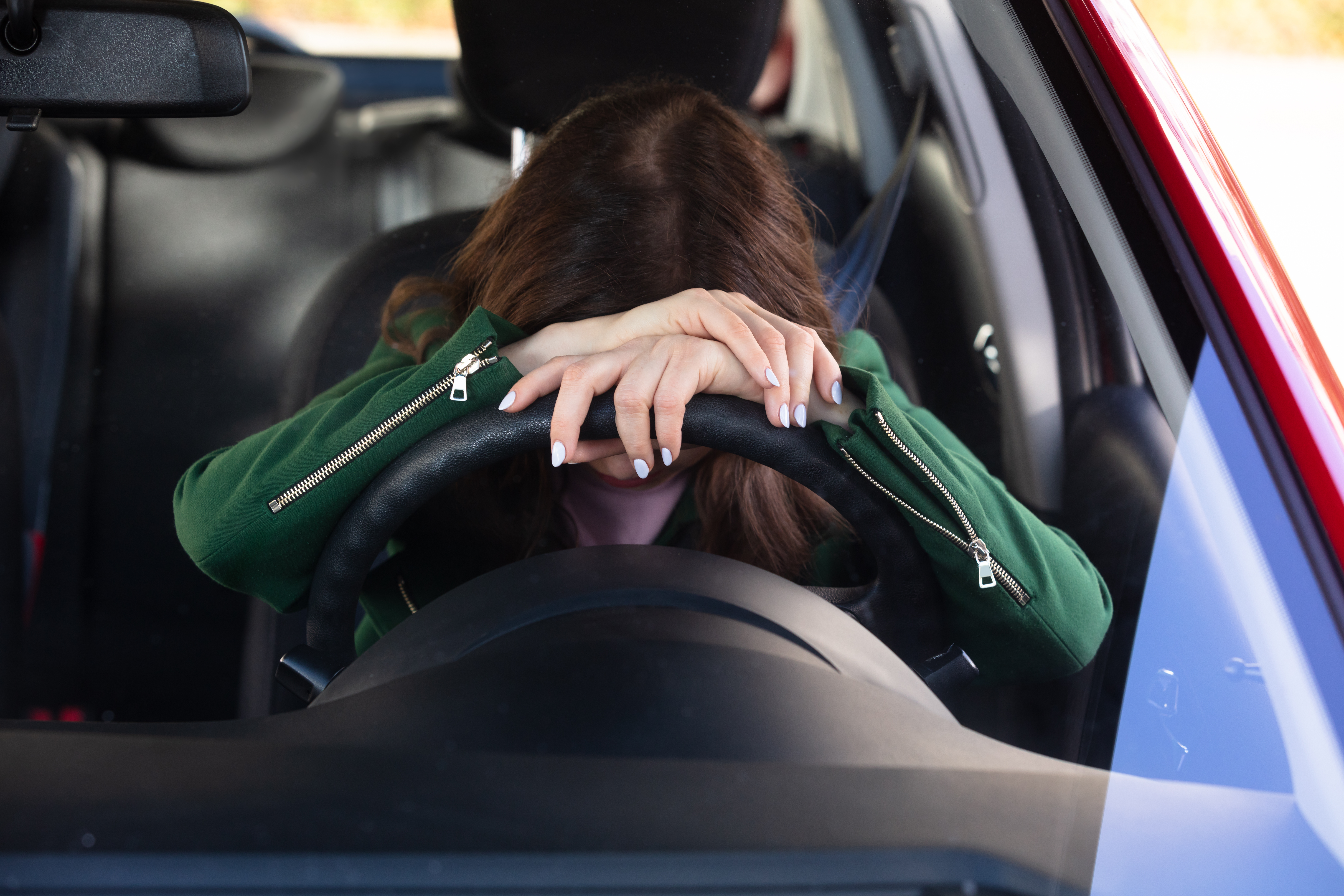Share This Article
It is reported that 30-year old Perth mother, Kirsteen Meikle had her child in the back seat of the vehicle while she was asleep behind the wheel at about 10am with a BAC reading of 0.37g- being over 7 times the legal drink driving limit.
Further, the mother’s driver licence was expired, since 2015.
Meikle pleaded guilty in court on Friday to a charge of drink driving.
In an explanation for her behaviour the mother was “extremely ashamed and embarrassed” and told the court that she had consumed alcohol the night before and consumed a bottle of wine the morning she was caught.
The court heard that she was on her way with her daughter to the river.
As part of the court’s process of sentencing a drink driving offender, relevant factors are taken into account in considering whether the sentence should be lighter or harsher.
Some of these considerations include mental health. Particularly where mental health is linked to a person’s ability to make rational decisions contributing to consuming alcohol and committing the offence.
Other factors relevant is prospects of rehabilitation for the offender.
Here the court was informed that the mother was suffering post-natal depression.
It is common for people suffering mental health issues to consume alcohol to assuage those symptoms in an effort to self-medicate. This often leads to more problems, particularly with the law.
In this case, the court sentenced Meikle with a 9-month community service order and disqualified her from driving for 12-months with a $300 fine.
What are the NSW Law and Penalties for High-range Drink Driving?
Have a question on this topic? Call us 24/7 to speak with a criminal lawyers in Sydney today.
High-range drink driving is driving a motor vehicle on a road while you have a blood alcohol concentration (BAC) reading of at least 0.15g or more.
This means, you would have 0.15g or more in every 210 litres of breath or 100ml of blood according to section 110(5) Road Transport Act 2013 (NSW).
High-range drink driving is generally considered the most serious kind of drink driving charge under the law.
As a result of its seriousness, the courts have developed a guide.
The guide helps a Magistrate or Judge to consider relevant factors belonging to a particular category of offenders in reaching a sentence for a high-range drink driver.
Each category of high-range drink driver outlined in the guideline judgment for high-range drink drivingsuggests a range of appropriate penalties that normally should and shouldn’t be imposed.
The penalties vary based on a range of factors, such as- traffic record; number of people in the vehicle; level of BAC reading; extent of traffic on the road at the time; reason for driving on that occasion; extent of a need for a driver licence; effect of a loss of licence or criminal conviction on dependants and employment; whether it is a first or second drink driving offence; reason for being pulled over by police to conduct an RBT; mental health, prospects of rehabilitation.
It will be considered a second offence if within the last 5 years from when the court convicts you for your current high-range drink driving offence, you’ve been convicted of a ‘major offence’. A ‘major offence’ includes a drink driving offence.
A drink driving section 10 or Conditional Release Order non-conviction sentence is still possible to get in court for a high-range drink driving offence. It will depend on the circumstances of the case, and whether there are enough compelling features of the case that can convince the court to impose a non-conviction sentence.
The benefit of getting a section 10 or Conditional Release Order non-conviction sentence outcome for a high-range drink driving offence, is that it results without any further penalties.
No further penalties will mean that the offender will receive no licence disqualification period, no criminal conviction and no fine.
The court will not be allowed to give a non-conviction penalty for a drink driving offence if you have previously received a non-conviction sentence for drink driving within 5 years from when the court hears your current drink driving offence (section 203 Road Transport Act 2013 (NSW)).
Maximum Sentences for High-range Drink Driving NSW?
Below is a summary of the maximum sentences for high-range drink driving that a court can impose (although the court’s do not normally impose the maximum):
- 18-months prison or $3,300 fine, or both for a first offender.
- 24-months prison or $5,500 fine, or both for a second offender.
- Driver licence disqualification period of 6 to 9 months, with a minimum 2-years interlock period thereafter for a first offender.
- Driver licence disqualification period of 9 to 12 months , with a minimum 4 years interlock period thereafter for a second offender.
The disqualification periods are different if a high-range drink driver is exempt by the court from participating in the interlock period program.
If exempt, a first offender, will face an automatic disqualification of 3-years, or a minimum of 1 year. Whereas, a second offender will face an automatic disqualification of 5-years, or a minimum of 2 years.
To speak with experienced drink driving lawyers in Sydney, contact our friendly team 24/7 to arrange a free consultation today.
Book a Lawyer Online
Make a booking to arrange a free consult today.
Call For Free Consultation
Call Now to Speak To a Criminal Defence Lawyer
Over 40 Years Combined Experience
Proven SuccessAustralia-Wide
Experienced LawyerGuarantee
 (02) 8606 2218
(02) 8606 2218
 (02) 8606 2218
(02) 8606 2218















